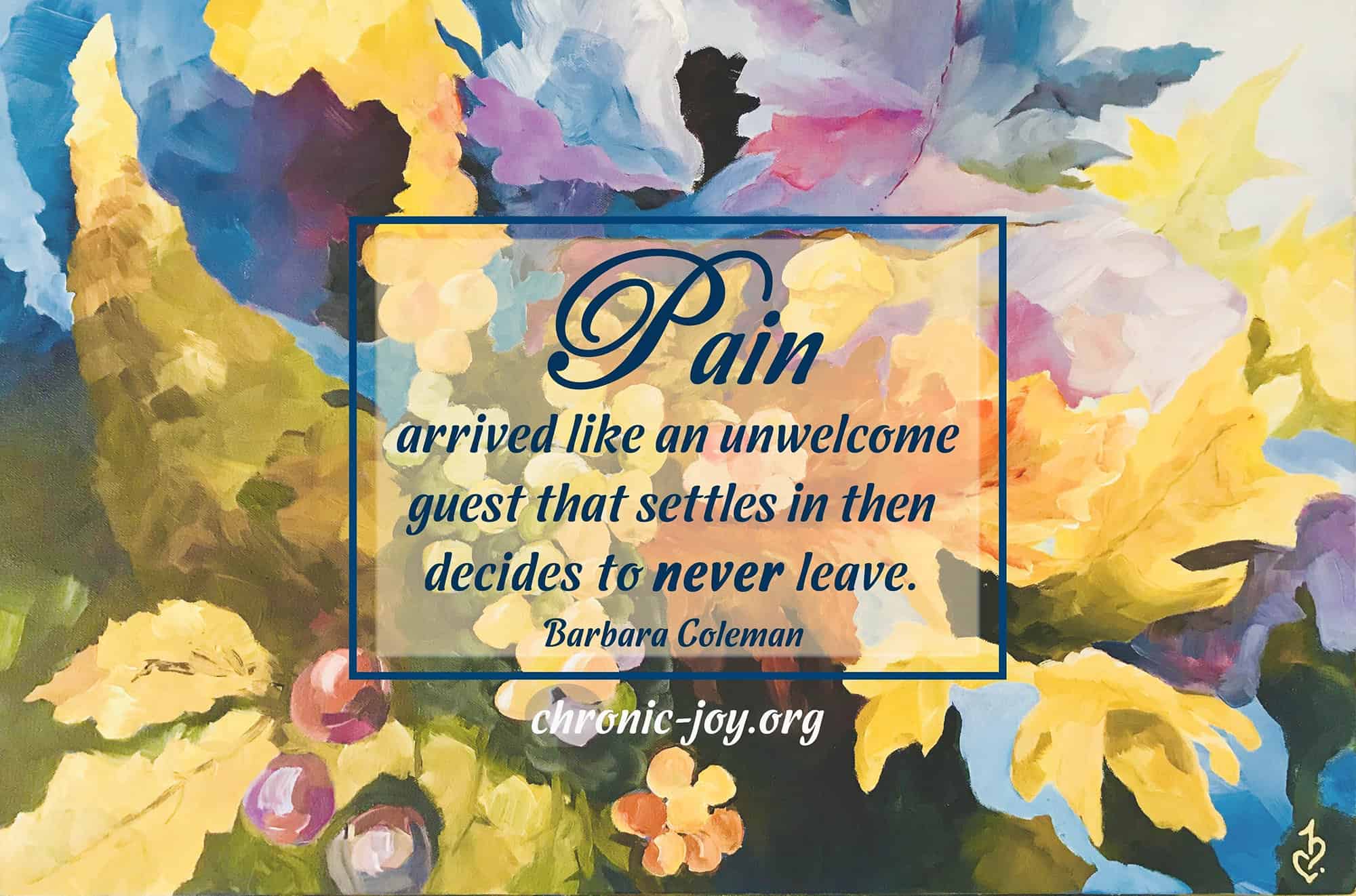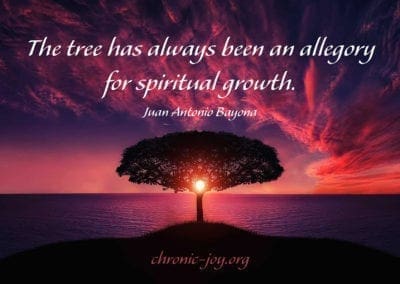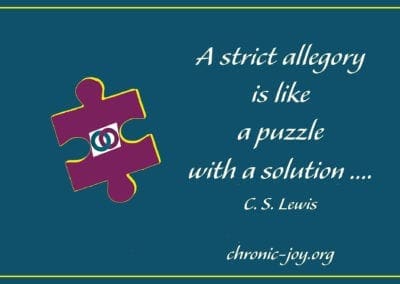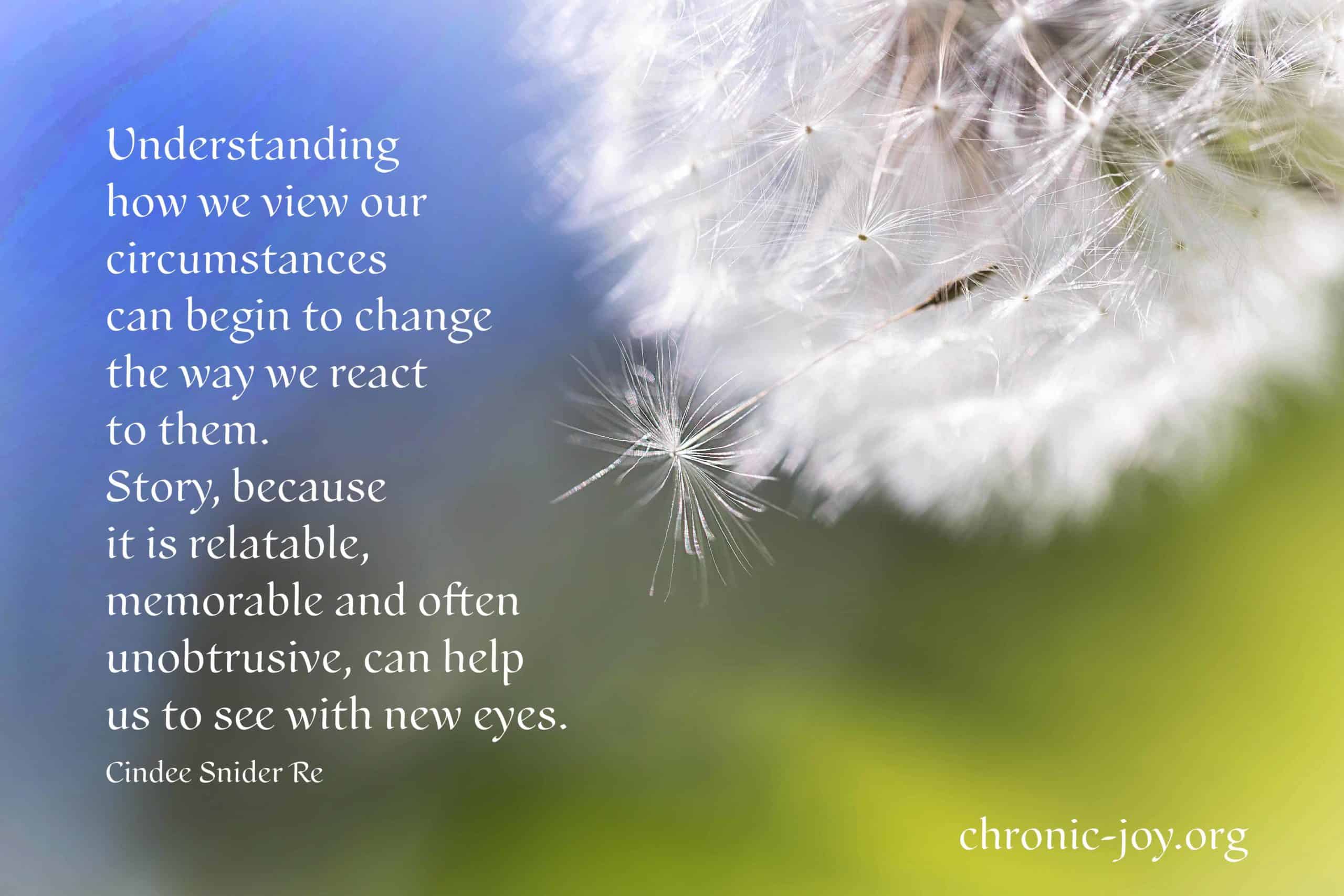
Allegory
Unlocking the Deeper Story
Explore the difficult, painful, or vulnerable parts of your story from a safer distance and a different perspective.
ALLEGORY IS A BEAUTIFUL, ARTISTIC FORM OF STORYTELLING
Derived from the ancient Greek word allegoria (meaning to imply something else), an allegory is a story with two levels—a surface story and a deeper symbolic story. An allegory may represent a historical event, Biblical truth, prominent political figure, or social narrative. Characters are often animals named for the specific qualities, strengths, or weaknesses of the people they represent.
Allegory allows us to explore difficult, painful, or vulnerable parts of our stories from the safer distance of a fictional character’s perspective.
Well-Known Allegories Include:
- The Pilgrim’s Progress by John Bunyan
- Hinds Feet on High Places by Hannah Hurnard
- The Screwtape Letters by C.S.Lewis
- The Dream Giver by Bruce Wilkerson
- The Chronicles of Narnia by C. S. Lewis
- The Tortoise and the Hare by Aesop
- Yertle the Turtle by Dr. Seuss
- The Giving Tree by Shel Silverstein
- Shakespeare’s Romeo and Juliet
- Gulliver’s Travels by Jonathan Swift
- Animal Farm by George Orwell
- Lord of the Flies by William Golding
- S. Eliot’s The Wasteland
- The Wonderful Wizard of Oz by L. Frank Baum
QUESTIONS TO HELP YOU UNDERSTAND THE SYMBOLIC MESSAGE IN ALLEGORY
- What is the subject of the surface story? The subject is what the surface story is about.
- What is the underlying message or symbolic meaning of the allegory? Is there more than one message?
- List the characters (animal and human) and their names. Are they personifications of the characters’ strengths (like kindness, fairness, or honesty) or weaknesses (like anger, anxiety, sorrow, or insecurity)? Do they represent real people? Can you identify them?
- List the place names. Do they represent specific ideas like the Slough of Despond in The Pilgrim’s Progress or the Valley of Humiliation in Hinds’ Feet on High Places?
- Has the author used symbols as clues in the symbolic story? Look for metaphors, similes, colors, objects, sounds, textures, weather, or actions. For example, a handshake might symbolize an agreement between opposing sides, a red rose might symbolize love, and a dove might symbolize peace. Symbols layer complex meanings onto readily accessible imagery.
Writing Your Own Allegory

Allegory • Symbolic Storytelling
Allegory is a beautiful, artistic form of storytelling that allows us to explore difficult, painful, or vulnerable parts of our stories from a safer distance and a fictional character’s perspective.
Posts
The Treasure Within – Strength in Weakness
The mystery of how Christ opens our hearts to His strength in our weaknesses, transforming us in the deepest of places, the treasure within.
The Wonderful Land of Affliction
If you were to visit the Land of Affliction for a day, I think the first thing you would notice is the pace. Everything moves much slower here. Many of us are using all of our energy just to figure out how to make it through the day. Over time I have become frustratingly aware of my weaknesses.

The Time Keeper
Mitch Album
The inventor of the world’s first clock (Dor/Father Time) is punished for trying to measure God’s greatest gift. He is banished to a cave for centuries and forced to listen to the voices of all those seeking more days, more years. Eventually, with his soul nearly broken, Father Time is granted his freedom, a magical hourglass, and a mission: a chance to redeem himself by teaching two earthly people the true meaning of time.
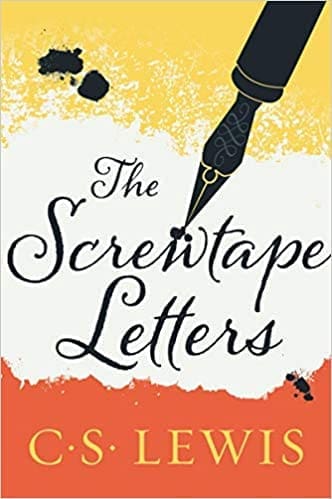
The Screwtape Letters
C.S. Lewis
The Screwtape Letters by C.S. Lewis is a classic masterpiece of religious satire that entertains readers with its sly and ironic portrayal of human life and foibles from the vantage point of Screwtape, a highly placed assistant to “Our Father Below.” At once wildly comic, deadly serious, and strikingly original, Lewis’ The Screwtape Letters is the most engaging account of temptation (and triumph over it) ever written.

The Dream Giver
Bruce Wilkerson
The Dream Giver is a compelling modern-day parable about Ordinary, who dares to leave the Land of Familiar to pursue his Big Dream. With the help of the Dream Giver, Ordinary begins the hardest and most rewarding journey of his life. Discover the practical, biblical keys to fulfilling your dream, revealing that there’s no limit to what God can accomplish when we pursue the dreams He gives us for His honor.
The Amazon buttons are affiliate links, which means if you click on the link and purchase the item, Chronic Joy will receive an affiliate commission.
Son of man, set forth an allegory and tell it to the Israelites as a parable.
Son of man, set forth an allegory and tell it to the Israelites as a parable. (Ezekiel 17:2)
The tree has always been an allegory for spiritual growth.
“The tree has always been an allegory for spiritual growth.” (Juan Antonio Bayona)
Nature is a language, an allegory… if you like.
“Nature is a language, an allegory… if you like.” (Charles Baudelaire)
Allegory dwells in a transparent palace.
“Allegory dwells in a transparent palace.” (Antoine-Marin Lemierre)
A Man’s life of any worth is a continual allegory – and very few eyes can see the mystery of his life…
“A Man’s life of any worth is a continual allegory – and very few eyes can see the mystery of his life…” (John Keats)
A strict allegory is like a puzzle with a solution…
“A strict allegory is like a puzzle with a solution…” (C.S. Lewis)



